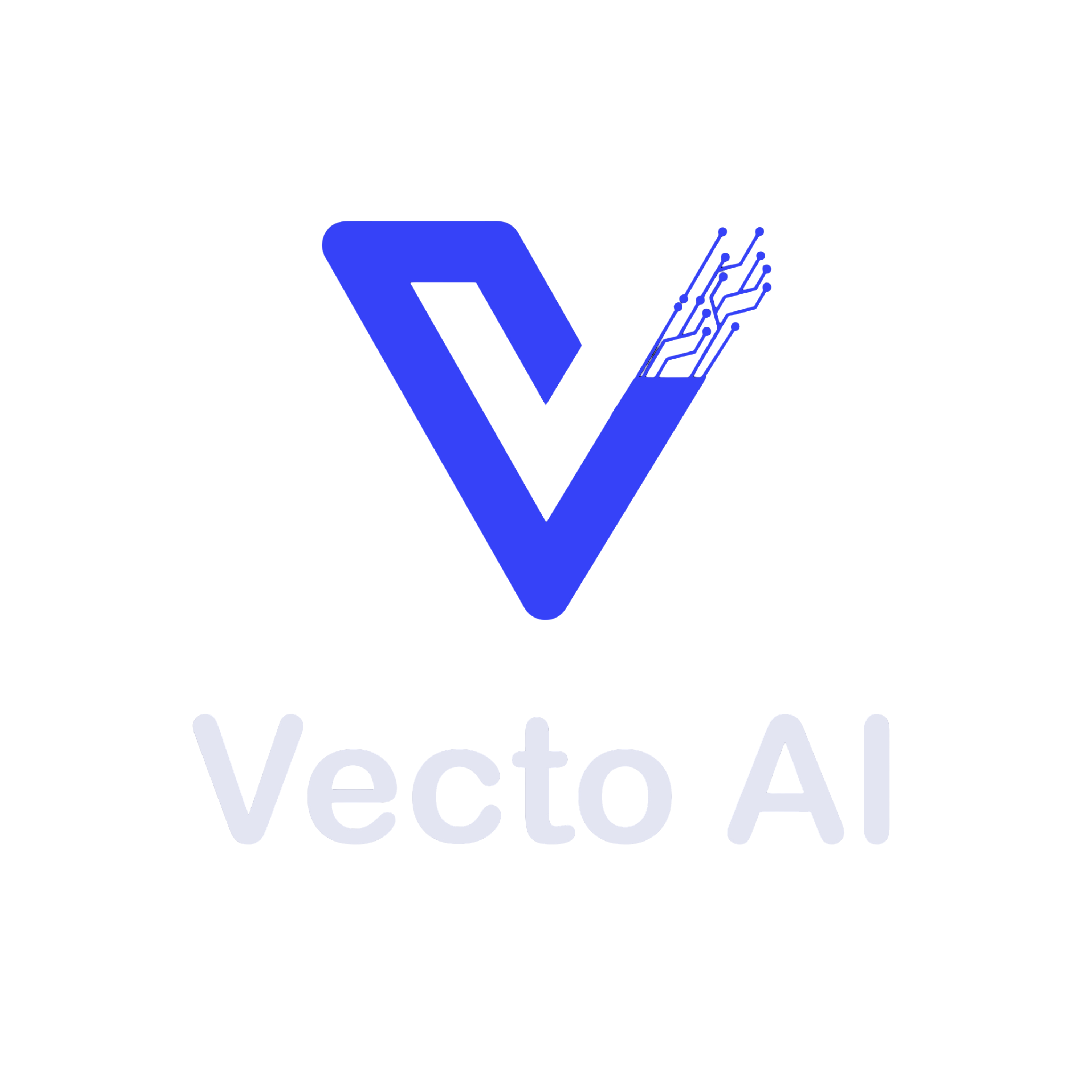
Quick Summary
In some subfields of AI like NLP and computer vision, foundational models have become dominant, streamlining the development process. This dominance is largely due to the intrinsic characteristics of the data in those fields, which make it well-suited to use foundational models. However, for more general AI tasks, where the variety and complexity of data types are much higher, suitable foundational models either don’t exist or cannot be effectively applied. As a result, there is a significant need for flexible tools that facilitate model development from scratch, especially when navigating the vast landscape of possible architectures and hyperparameters.
This project addresses that need by offering utility tools for hyper-model search. These tools significantly accelerate the prototyping process, saving valuable development time while ensuring that the search for optimal models is more reliable. Through the use of smart defaults, intelligent warnings, and automated checks for common errors, the framework minimizes the likelihood of critical semantic mistakes that can derail projects late in development. This leads to a smoother, more assured development process where the risk of failure is greatly reduced.
Moreover, the project includes specialized forecasting libraries packed with essential tools for pre-processing and post-processing time-series data. These libraries provide access to the latest state-of-the-art models in forecasting, alongside curated datasets for testing and benchmarking. Whether you’re developing a new model from scratch or experimenting with existing cutting-edge forecasting techniques, this framework offers a robust, ready-to-use environment for AI research and experimentation.
Who this project is for?!
- General AI users: anyone who uses Pytorch (AI deep learning library) or similar (any other deep learning framework)
- AI researchers especially who work with sequential data (Forecasting & NLP & audio) models
- Practitioners and enthusiasts who want to experiment with or implement ready-made state-of-the-art forecasting models for their use cases
Project Features
- Simplifies Complex Processes:
Bundles commonly used functionalities, streamlining complex processes into a single function call while maintaining customizability. - Reduces Development Time:
useful ready functionalities significantly impact development timelines. Therefore improves Development & User Experiences. Enabling development with less boilerplate code. - Error Detection and Prevention:
It also raises errors and warnings to prevent many potential errors; this is especially very needed when working with Python and Python packages.
brazingTorch
- Streamlined Deep Learning Pipeline: Simplifies model development with a customizable pipeline.
- Automatic Model Architecture Differentiation and Tracking: Prevents losing promising models by automatically detecting model architectures.
- Resettable Dataloader, Optimizer, Model: not supported in PyTorch.
- Automatic preRunTests: Automatically runs sanity checks and optimizations including FastDevRun for pipeline errors, overfitBatches for quick sanity checks, Profiler for bottlenecks with TensorBoard charts, and Learning Rate & Batch Size Optimization.
- Simplified Experience with Smart Defaults: Includes general regularization, best model save on best validation loss, learning rate warm-up, early stopping, gradient clipping, and automatic GPU device setting, with informative messages for customization.
- Regularization: Supports regularization on each layer and L1 regularization, not supported in PyTorch.
- Special Modes: Provides ready pipelines for dropoutEnsembleMode and variational autoencoder mode, which can be used together.
dataPrep & commonDatasets
- Specialized time series dataset: Efficient easy sequence generation with error prevention, faster than pandas, supports nested dictionaries for complex data, and optimizes GPU memory usage.
- Time Series Splitting: Splits time series data normal and shuffled, considering the sequential nature. Supports “NSeries”(multiple time series reside within a single dataframe) data splitting.
- Specialized Normalizers: Numerical and label normalizer for single and multiple columns, also supports “NSeries” data.
- Exogenous Variables Support: Handles various exogenous variables, both static and time-varying, known or unknown in the future.
